The Jewish community of France is the third largest in the world with over 500,000 citizens. The team at European Jewish Heritage Tours prides itself on showing explaining the rich cultural and religious heritage of French Jews through the country’s cities and regions, synagogues and monuments, artists and public figures all of which reveal how Jewish life has developed in France since the Middle Ages.
For centuries France has been an important center of European Jewish life and scholarship; the cities of Paris, Troyes, Avignon, Colmar, and Narbonne were known throughout the Christian and Jewish worlds for their rabbis and interpreters of the Torah and the Talmud. In the company of European Jewish Heritage Tours, you will discover the places where these luminaries made their mark, and walk in the footsteps of such renowned figures in the arts and industry, including Sarah Bernhardt, Jacques Offenbach, Marcel Proust, Marc Chagall, Camille Pissarro, André Citroën, James de Rothschild, and Amadeo Modigliani. You will also learn about the celebrated Jewish families who financed the reconstruction of Paris in the 19th century and who played a significant role in the Industrial Revolution and in social legislation such as paid vacations and the 40-hour work week.
Today, France’s President has clearly stated that he is “a friend of Israel” and has encouraged Holocaust studies in the French public school system. In addition, the French government is actively working to secure synagogues and other Jewish sites, and is working to establish other educational programs to combat anti-Semitism. These are just some of the multiple signs that Jewish citizens and their interests are being given new consideration and respect in France today.
Jewish Heritage in Paris
Our guides will also introduce you to the best schawarma and felafel this side of Tel Aviv. Art lovers can discover the studio and home of Ossip Zadkine near the Luxembourg Gardens and a private tour of the Opéra Garnier which boasts a Chagall ceiling and statues celebrating Jewish composers. You can also discover the great Impressionist collections donated by Jewish collectors at the Orsay and the Orangerie museums. Note: Depending on your level of interest and stamina, we can arrange both half-day and full-day tours.
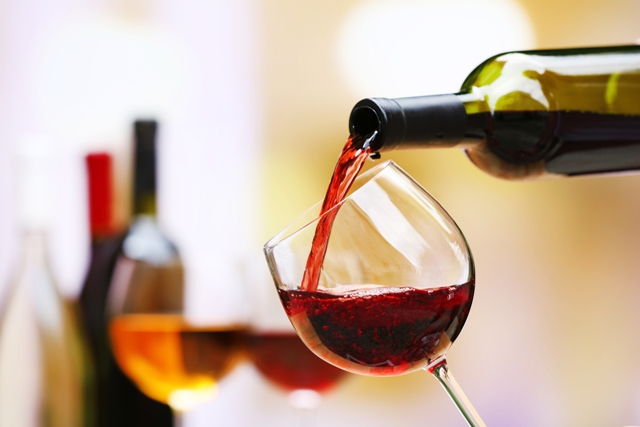
Kosher Wine Tasting and Jewish Gastronomy
Jewish Artists of the Left Bank
If your preference is for art, European Jewish Heritage Tours offers a walking tour that includes the Montparnasse studios of Man Ray, Chagall, Soutine and Pascin, as well as visit of the former Left Bank home and studio of the Russian-Jewish sculptor Ossip Zadkine, as well as at the Museum of Jewish Art and History in the Marais district. Also of interest is a tour of the Montparnasse Cemetery where many celebrated Jewish luminaries are buried including Soutine, Captain Dreyfus, André Citroen, and singer/actor Serge Gainsbourg.

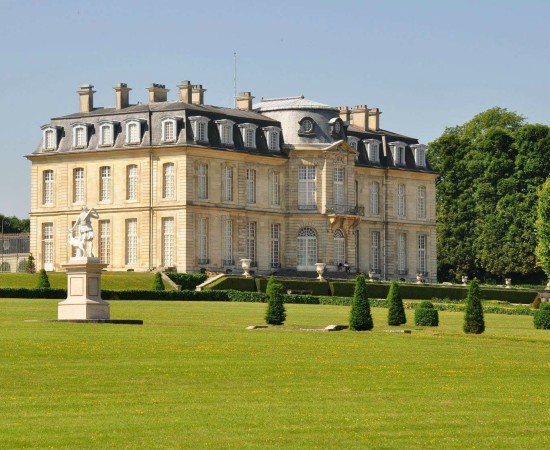
Castles of Jewish Millionaires in lle de France
Built on a bend of the river Marne in the early 18th century, the Château de Champs-sur-Marne is the archetypal leisure mansion. Used by the son of Louis XIV’s mistress and the Marquise de Pompadour, the castle welcomed Diderot, d’Alembert and even Voltaire. In the 19th century, the Jewish banker Louis Cahen of Antwerp restored its 18th century splendor filling it with exceptional furniture and woodwork. His guests included Marcel Proust, Isadora Duncan and the King of Spain. This remarkable estate has been used for many feature films, including the ‘Liaisons Dangereuses’ by Stephen Frears and Sofia Coppola’s ‘Marie-Antoinette.’
Jewish Heritage in Reims
Historians are uncertain as to the location of Reims’ medieval synagogue, but it is believed to have been at 18, rue des Elus, a street whose name has changed over the centuries from the Vicus Judaeorum to the Rue de Gieu (a word in old French for Juif or Jew) to the Rue des Elus. (In French, les Elus means the Chosen).
Jews from Alsace and Lorraine established a community in Reims in 1870. However, in 1941, on the eve of World War II, the 200 families who lived here were all deported by the Germans of a single day. Our tour will include the visit of Reims’ Synagogue. Built in 1871 this synagogue contains a memorial plaque to those who were deported. You will also be able to see the War Memorial, where there is an urn containing the ashes of concentration camp victims. This tour can be combined with a kosher Champagne tasting at an estate on the outskirts of Reims. Be sure to include the magnificent Chagall stained glass windows that were commissioned for Reims Cathedral after World War Two.
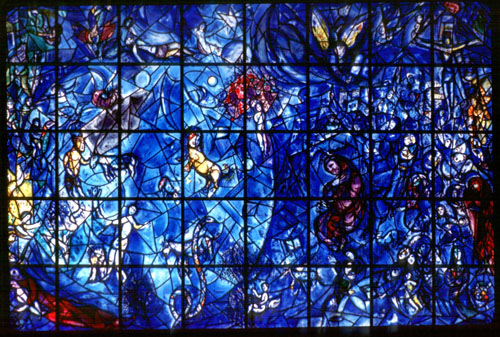
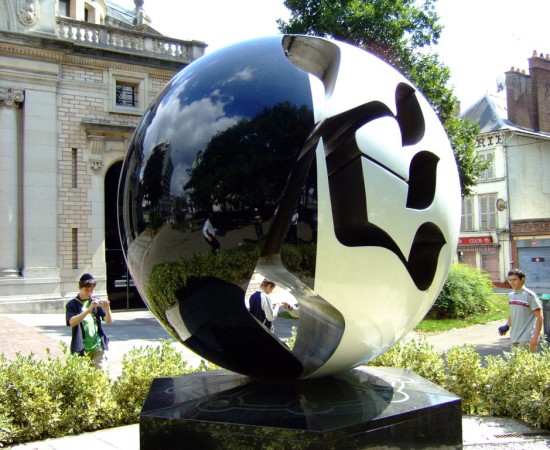
In the Footsteps of Rashi of Troyes
One of history’s greatest Torah and Talmud commentators, Rabbi Solomon ben Isaac, known by the acronym Rashi (1040-1105), was born, lived, and taught here. During the First Crusade, Rashi was forced to flee anti-Jewish riots. He returned to Worms, Germany, where he had first studied. He remained there until his death.
Rashi’s grandson, the noted Jewish scholar known as Rabbenu Tam (1100-1171) also taught in Troyes and attracted students from all over Europe. Historians believe that the St-Frobert quarter was the Jewish quarter. Nothing remains of the medieval Jewish community that, although very small in size, made a huge contribution to Judaism
This tour, which includes many of the timbered houses of Medieval Troyes, also includes the Synagogue of Troyes, located in an historic section of town, a replica of one from Rashi’s time. Begun in 1982, it was dedicated in 1987. This year, you will also discover a special exhibit on Rashi’s era at the European Institute dedicated to the studies of the celebrated Jewish sage. (Group tours can be arranged through European Jewish Heritage Tours). A day out to Troyes can be combined with a kosher champagne wine tasting near Reims.
Alsatian Jewish Heritage
Now thanks to the TGV (high-speed train) you can leave Paris from the Gare de l’Est and arrive in Strasbourg in less than two and a half hours, where you will find a rich and fascinating heritage concerning the Jews in Alsace. Similar in manner and custom to Jews from Eastern and Central Europe, Alsatian Jews nonetheless developed some characteristics of their own: a synagogue liturgy called Minhag Elzos and a dialect called Judeo-Alsatian, akin to Yiddish. For several decades, an ambitious program has saved many Alsatian Jewish heritage sites.

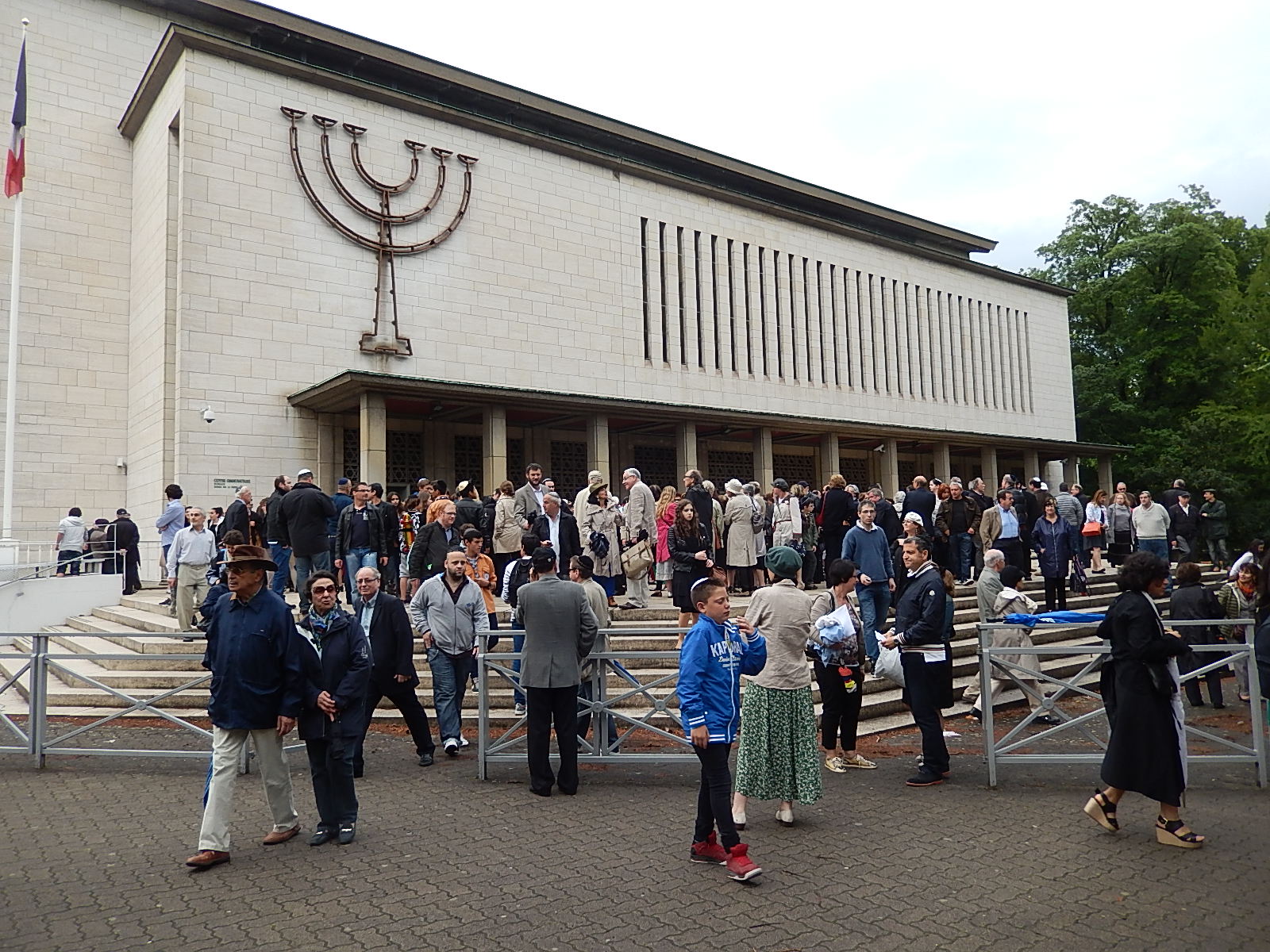
Jewish Strasbourg
The Jewish community of Strasbourg has made a miraculous comeback after the devastation of occupation during World War II. Many of the city’s 17,000 Jews live in a charming and fashionable neighborhood near the Parc des Contades. Your tour includes a visit to the old Jewish quarter on Rue des Juifs (one of the city’s oldest streets), recalls the site of a 12th century synagogue, a Jewish bakery, and a surviving 13th century Mikvah. One building, completed in 1290, is the only remaining building once inhabited by Jews.
We can also arrange for you to visit the Synagogue de la Paix built in 1958 to replace the one destroyed by the Nazis. Adjacent to the famous Cathedral, the Museum of Notre-Dame chronicles the development of the arts in the upper Rhine from the 11th to the 17th centuries. In the museum’s courtyard, you will see Jewish tombstones from the 12th through the 14th centuries.
In the afternoon, following lunch, you can visit the Alsatian Museum, where you will find an exhibit of local Jewish ritual objects and a model shtiebel (prayer room).
Jewish Colmar
Part of Germany until 1681, Colmar has a Jewish community that dates back to the mid-13th century. The medieval community, which owned a synagogue, mikvah, and a cemetery, settled between the present Rue Chauffour and Rue Berthe-Molly (then names Rue des Juifs).
We can arrange for you to visit the Colmar Synagogue, originally built in 1840. This neo-Romanesque synagogue was destroyed by the Nazis during World War II and then restored by the local community after the war. You may also tour the Musée Bartholdi, which contains a fine collection of Jewish rituals objects and synagogue furnishings. The museum is located in the house of Auguste Bartholdi, the sculptor of the Statue of Liberty. Another museum to see this year is the newly renovated Unterlinden, listed as one of the notable destinations for 2016.

Jewish Heritage in Alsatian Villages

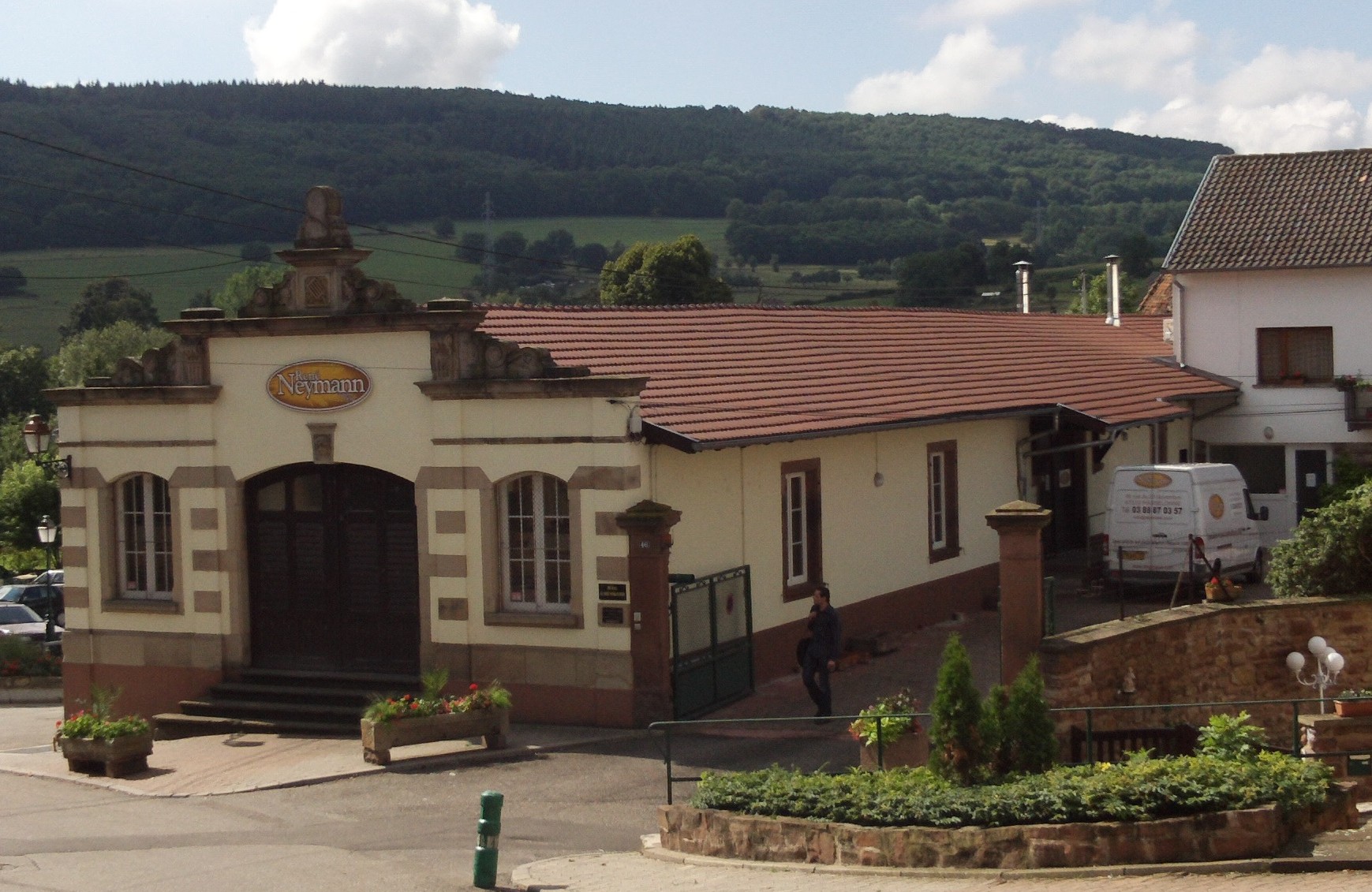
An excellent way to see many of Eastern France’s historic Jewish sites is to travel by car with a guide and driver or a driver/guide when available.
A highlight of the area is Bouxwiller, the county capital in 1791, a lovely village with distinctive stone fountains. The Judeo-Alsatian museum, in the town’s ancient synagogue, with its unique scenography, is a must-see. In Pfaffenhoffen, the oldest synagogue in the region, built in 1791, has been completely restored and is open to visitors. Upstairs, where services were held, is an ornate frame for the ark that looks like an elaborate doorway, while downstairs is a community room, a matzah oven, a mikvah and a room for guests. You can also visit Ettendorf, about four miles southwest, where the oldest Jewish cemetery in Alsace sits on a hillside for the past four centuries—the oldest tomb goes back to 1566.
Hagenau, a few miles to the east on the banks of the Moder River, has a collection of Jewish art and artifacts in the Museum of History, which tells the story of the town from the 12th century to the 19th century. Marmoutier, to the south, has created a museum in an old house with a mikvah. On display are memorabilia of famous Jews from the town, among them the artist Alphonse Levy and his patron, Albert Kahn.
The Alsace region is famous for its vineyards, particularly its white wines. There are vineyards in Goxwiller and Sigolsheim specializing in kosher wine; you can take a tour and taste the different vintages. In Wasselonne, there’s a company that makes unleavened bread products, which also offers tours. Several villages have excellent restaurants serving Alsatian-Jewish specialties.
Jewish Provence
Provence, once a center for Jewish culture and history, is a famous tour destination in France. You can visit Provence over and over again and still want to come back. And as if Provence didn’t have enough to offer the visitor, it also contains some of the oldest Jewish spiritual heritage sites in France.
Here Jewish culture and history have thrived here since the early Middle Ages. The Talmud was interpreted with uncommon skill, and Jews from all over Europe sought out scholars from this region in the review of Jewish law. When Provence came under Catalonian rule in the 12th century, the literature, science, poetry, and philosophy of the Jews and non-Jews of Catalonia enriched the Jewish culture.
With European Jewish Heritage Tours, our local partner can arrange for a comprehensive day-long tour is the Arba Kehilot (four holy communities)—Avignon, Carpentras, Cavaillon and L’Isle-sur-la-Sorgue. Located in the Vaucluse region, known historically as the Comtat Venaissin, it’s an area that has always been a relatively safe for Jews. Ceded to the Vatican in 1274, it remained in the Vatican’s hands until 1791, when it reverted to France. Jews in the Comtat spoke a Judeo-Provençal dialect and developed their own liturgy, known as the Comtadin. Under the protection of the Avignon Popes, the Jewish community flourished. Jews were permitted to live in Avignon, Carpentras, Cavaillon, and L’Isle-sur-la-Sorgue, known at the time as the Arba Kehilot. With the exception of L’Isle-sur-la-Sorgue, these old French cities still contain fine vestiges of their old Jewish quarters.
You will learn how the Jewish community in Avignon has had roots going back to the first century after the destruction of the Second Temple in Jerusalem (70 AD). However, there are no written records of Jewish culture and history prior to the 12th century. The first Jewish quarter, or carrière, faced the Palais des Papes on Rue dela Vieille Juiverie. By the early 13th century, the carrière was on Rue Jacob and Place Jerusalem, where the present-day synagogue stands. This tiny area, barely 100 square yards, was home to over 1,000 people. Living outside the carrière was forbidden by law for Jews. Walls surrounded it and three locked gates kept Jews from leaving without permission. Even when permission was granted the Roman Catholic Church collected tolls. And even life within the walls of this religious heritage site in France was subject to many restrictions and regulations.
You will also discover one of the most important historic synagogues in Provence in Carpentras. The plain façade of this synagogue conceals a Rococo sanctuary similar to Italian synagogues of the same period. Built during 1741–1743, the structure of this spiritual heritage monument in France contains parts of a 14th-century synagogue that was on the same site. The medieval Jewish cemetery was destroyed in 1322, and the grave markers were used to build the town’s ramparts. The present-day cemetery was established in 1367, but as papal edict forbade tombstones in Jewish cemeteries, the earliest stones are from the 18th century.
In Cavaillon, the restored synagogue overlooks the old carrière. Smaller than the one in Carpentras, but no less elaborate, the synagogue, now a national historic monument, is no longer in use, but has been replaced by the Musée Judéo-Comtadin. The museum in the synagogue’s basement (at street level), but separate from the synagogue, once housed a matzo bakery. Today, displays depict the community’s history and contain Torah scrolls, ritual objects, and historical documents. Though small, the exhibit provides a fascinating look at French Jewish life in the town and in the region.





Jewish Marseille
France’s second largest Jewish community lives in the seaport town of Marseille, which Jews have called home since the sixth century, when an already existing community provided refuge to Jews fleeing forced conversions in Clermont-Ferrand. The Jews of Marseille were scholars, merchants, laborers, coral craftsmen, and brokers. Benjamin of Tudela, the 12th-century traveler who chronicled the Jewish world of the time, provides a description of scholars, philosophers, and psalmists who made up the Jewish population at the time. Along with much of Europe, the 15 century brought much in the way of persecutions. The present community was re-established in 1760, and expanded following the French Revolution and the influx of Jews after the Independence of Algeria in 1962.
Our tour of Marseille includes the Grande Synagogue Breteuil, not far from the Old Port (Le Vieux Port). Constructed in 1864, it also contains the offices of the Consistoire de Marseille and other Jewish religious organizations. The interior is typical of French synagogues constructed in the early and mid-19th century following Jewish emancipation. We highly recommend that you combine this tour with a visit to the MUCEM—the new museum dedicated to Mediterranean civilization.
If you have time, it’s a good idea to combine this program with a visit of Aix-en-Provence, where you can discover Medieval Jewish dwellings and the Lapidary Museum with its fine collection of Judaica. For those who wish, we can also arrange a visit to the Camp des Milles, the only French internment deportation camp still in existence. Open just a few years ago, it provides a comprehensive overview of the situation in France at the outbreak of war as well as under the German Occupation.
Jewish Celebrities on the French Riviera
The French Riviera, which has been the playground of the rich, since the middle of the 19th century, has been attracting both artists and wealthy Jews for a long time. Among the artists who were drawn to the South of France, were Marc Chagall, who left major works to a museum in Nice in his name. European Jewish Heritage Tours, will take you on a tour of this unique museum, known for its stunning mosaics, stained glass windows and paintings illustrating the Old Testament.Also on the tour is Nice’s Museum of Contemporary Art, where you’ll discover such famous contemporary Jewish artists as Robert Rauschenberg, Yves Klein, Arman and Ben, to name a few.
While you may be familiar with Monte Carlo, the real jewel on the Riviera is Saint-Jean-Cap- Ferrat; European Jewish Heritage Tours will show you two of the most breathtaking mansions on the Riviera: the Villa Kerylos, a striking reproduction of a 5th century B.C. Athenian villa built in 1908 by the noted Jewish Hellenist Theodore Reinach, and the pink Villa Ephrussi- Rothschild, built by the flamboyant Beatrice Rothschild, who never went anywhere without her trunk of 50 wigs, and who greeted guests at parties dressed as Marie-Antoinette.
Note: You can combine this visit with arrangements for synagogue visits and services in Cannes, Nice and Monte Carlo, as well as bookings at kosher restaurants.


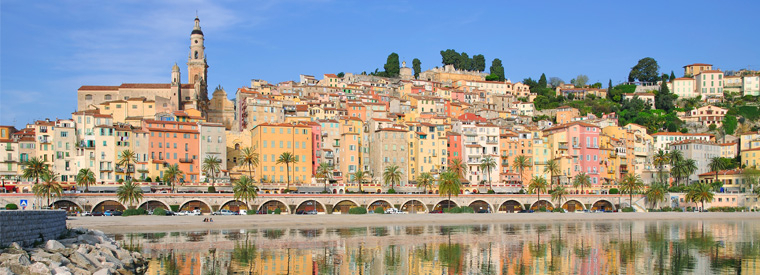
Kosher Ship to Shore Tours
If you want to enjoy private tours of Paris, Normandy or the French Riviera during your cruise, don’t hesitate to contact European Jewish Heritage Tours to have these services arranged and catered to your kosher needs. With us, you can visit the Normandy D-Day Beaches, as well as the magnificent castles and gardens on the French Riviera, a Mediterranean playground and vacation spot once frequented by English and Russian aristocrats. European Jewish Heritage Tours arranges private transportation pickup to and from the cruise ship, private tours with local experts, as well as any kosher meals you may require.
We look forward to hearing from you soon.
Feel free to write [email protected]
or click on our Contact page. An initial phone or Zoom consultation is free of charge.
Rachel Kaplan
President

